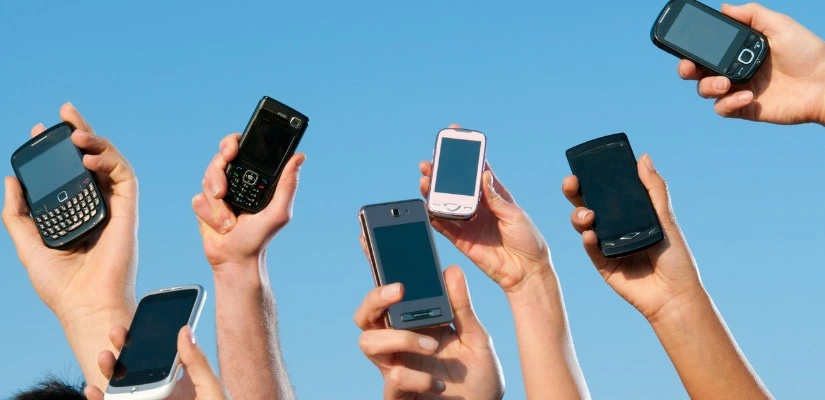TECHNOLOGY
The Evolution And Impact Of Mobile Phones

Since then, Cell phones are becoming increasingly integrated into our lives, with features such as cameras, text messaging, and internet access.
Cell phones have evolved from merely a way for people to communicate to become multi-utility gadgets capable of replacing a wide range of functions. Cameras, music players, video recorders, FM radio, browsers, and business applications are all available on today’s mobile phones, allowing you to get more out of a single device. Cell phone usage is projected to increase in the coming years as new technologies emerge.






